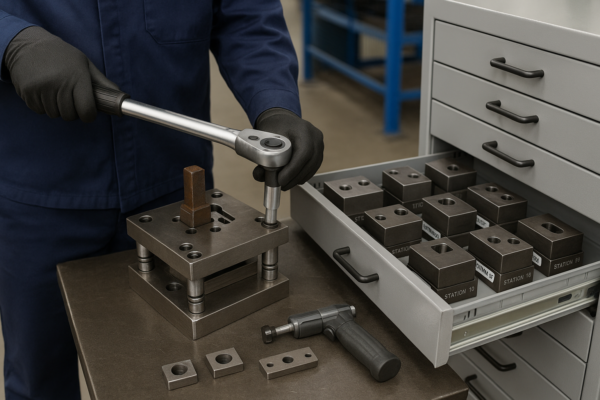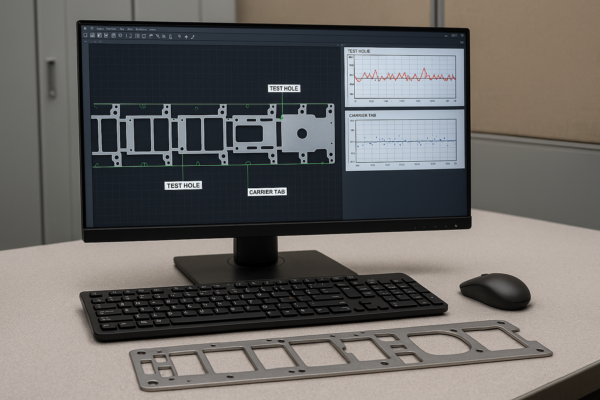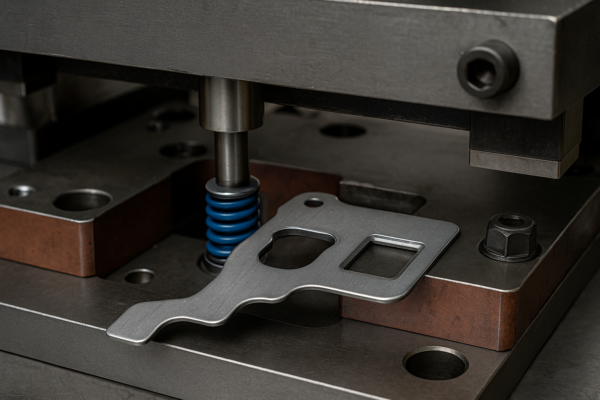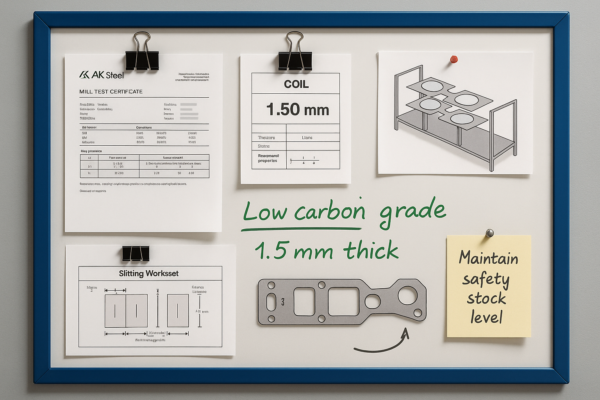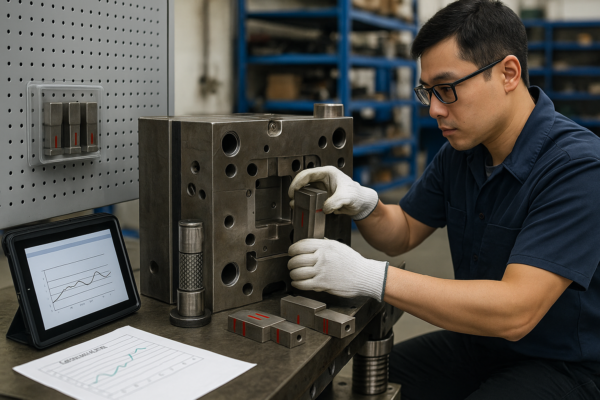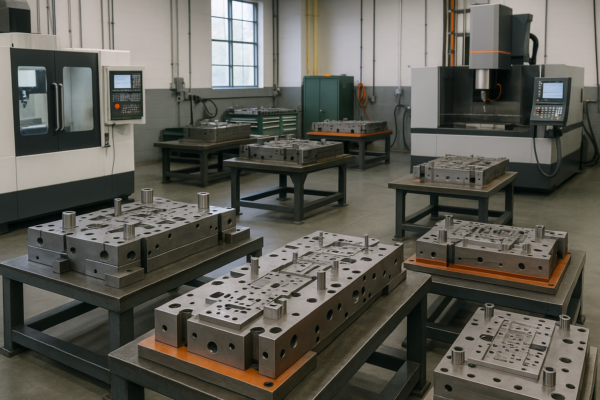Is 3D printing better than injection molding?
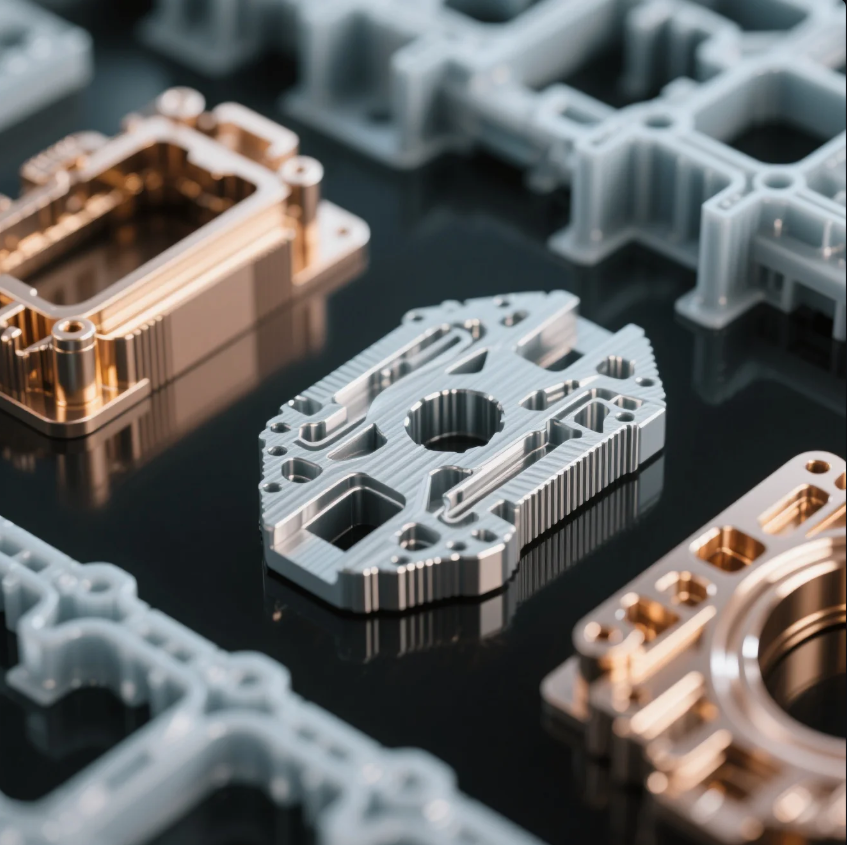
Many clients ask whether 3D printing can replace injection molding — especially during prototyping or low-volume runs.
3D printing offers flexibility for small batches and prototypes. But injection molding is better for high-volume, cost-efficient, and durable part production.
At Prime, we help businesses compare both methods and choose the right process for custom plastic parts based on quantity, performance, and lead time.
Is 3D printing as strong as injection molding?
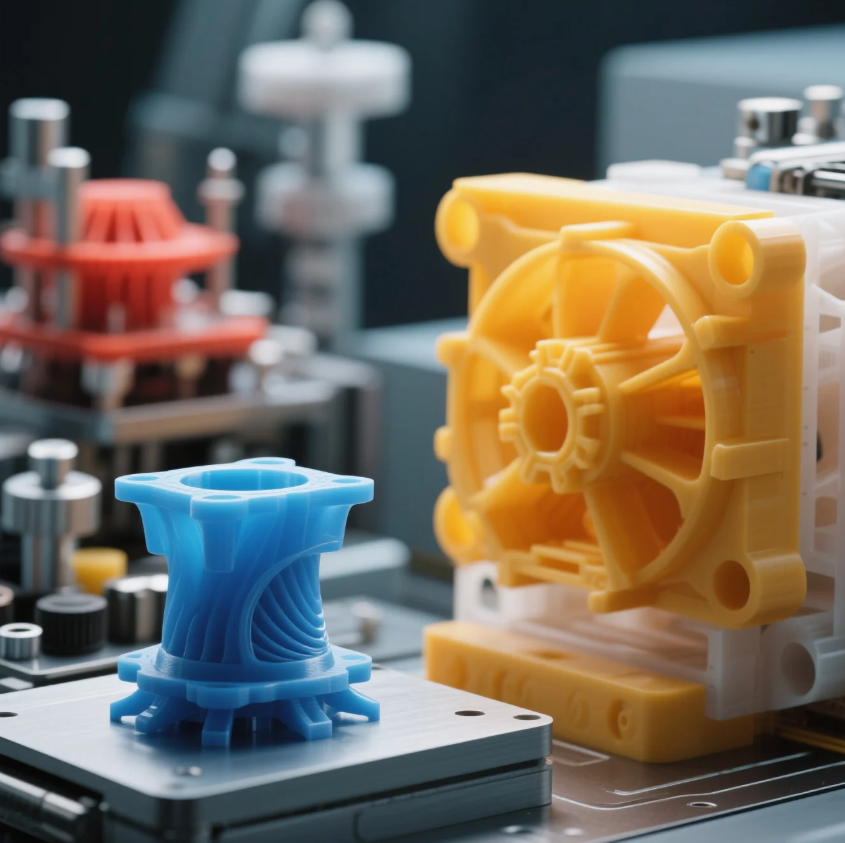
Printed parts often fail under load or stress compared to molded parts made from the same material.
No — injection molded parts are typically 20% to 50% stronger than 3D printed ones due to better layer bonding and material density.
We’ve tested this with customers producing structural components. Parts printed using FDM cracked under pressure. When molded at Prime, the same geometry passed all mechanical tests.
Strength Comparison
| Process | Material Bonding | Resulting Strength |
|---|---|---|
| 3D Printing (FDM) | Layer-by-layer fusion | Moderate, anisotropic |
| Injection Molding | Uniform melt injection | High, consistent strength |
Injection molding creates solid parts without weak interlayer zones — critical for industrial use.
Is it cheaper to injection mold or 3D print?
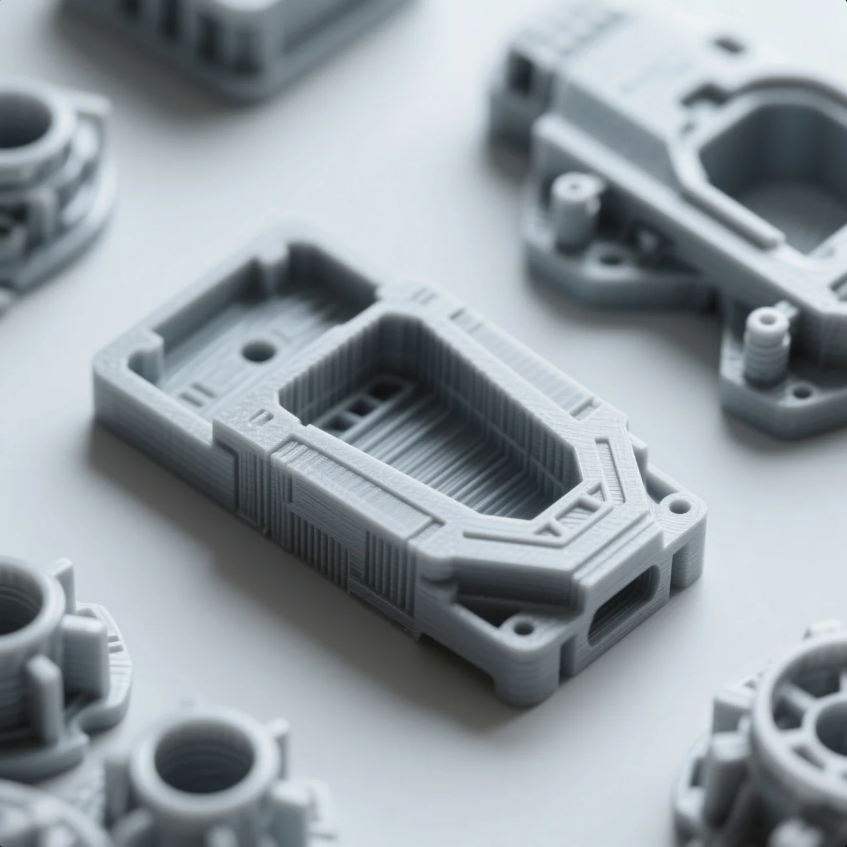
The answer depends on volume. Low quantities favor printing. High volumes favor molding.
3D printing is cheaper for 1–100 units. Injection molding is far cheaper for 500+ parts.
We helped a North American client transition from 3D printing to injection molding once they passed 1,000 units per month. With tooling costs spread out, they cut their part cost by 65%.
Cost Per Unit by Volume
| Quantity | 3D Printing (avg.) | Injection Molding (avg.) |
|---|---|---|
| 1–100 | \$5–\$20/part | \$50–\$300 mold + \$2–\$5/part |
| 500–1000 | \$3–\$8/part | \$1–\$3/part |
| 5000+ | Not cost-effective | \$0.10–\$1.00/part |
Prime supports both prototyping and mass production with fast tooling and ISO-certified quality.
What is better than injection molding?
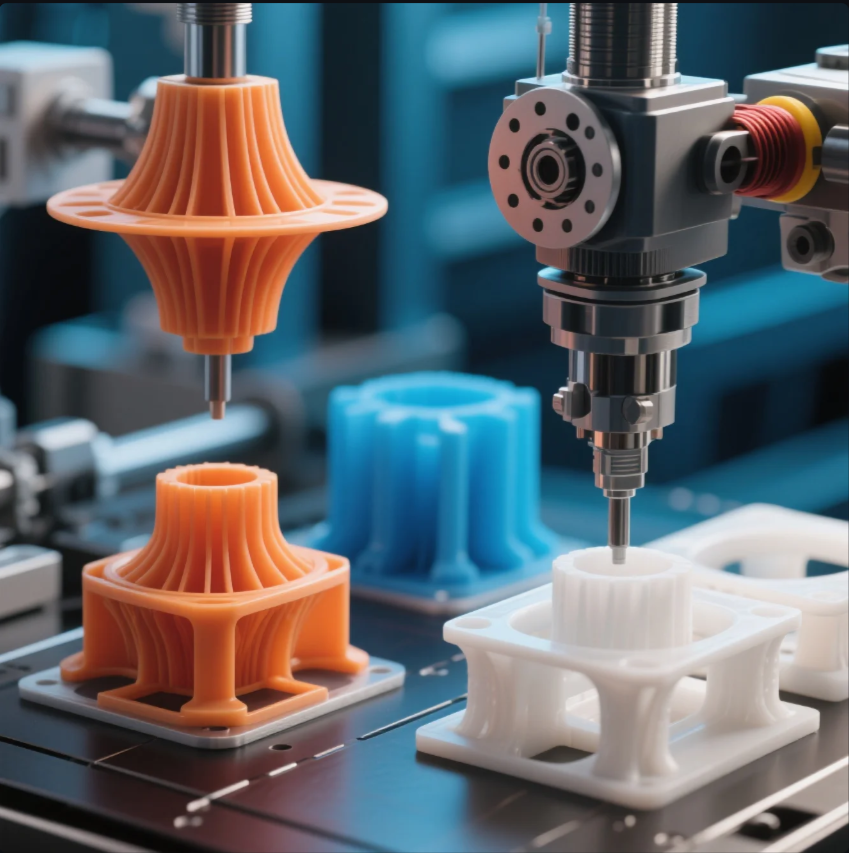
Each process has trade-offs — there is no one-size-fits-all solution.
For high-volume plastic parts, nothing is better than injection molding. For low-volume, complex shapes, alternatives like 3D printing or urethane casting work well.
We’ve worked with clients who began with urethane casting for testing and later scaled to full custom injection molding with Prime once demand increased.
Alternatives to Injection Molding
| Method | Best Use Case | Volume Range |
|---|---|---|
| 3D Printing | Prototypes, 1–100 units | Low |
| Urethane Casting | Small batch, flexible parts | 50–500 units |
| CNC Machining | Strong, rigid parts | 1–1000 units |
Prime offers guidance at every stage — helping clients transition from concept to scalable production.
What is the biggest disadvantage of 3D printing?
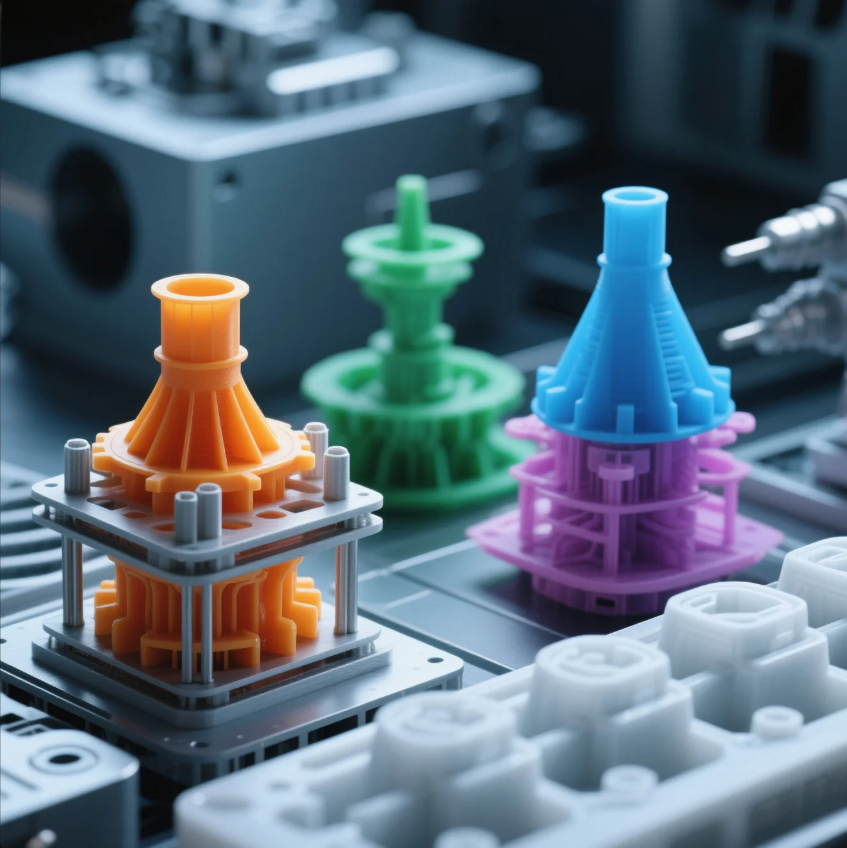
3D printing is fast and flexible — but not suited for mass production or structural loads.
The biggest disadvantage of 3D printing is its low strength, slow speed, and poor surface finish in large-scale production.
One of our industrial clients used FDM for initial testing. When they needed 10,000 parts, production time became unrealistic — and print quality declined. Prime handled the same order in 10 days using automated injection molding.
3D Printing Limitations
| Limitation | Description |
|---|---|
| Layer adhesion | Weak bonding = fragile parts |
| Long print times | Slow for large batches |
| High cost per part | Expensive materials + slow output |
| Post-processing | Often needed to improve finish |
Injection molding solves these problems — delivering thousands of parts with tight tolerances and clean surfaces.
Conclusion
3D printing is ideal for prototyping and low runs. Injection molding wins on cost, strength, and scalability.
Unsure which process suits your product? Contact Prime for a free consultation, cost comparison, or custom part analysis. Whether you need 10 printed parts or 100,000 molded ones, we’ll help you choose the best method with fast quotes, expert guidance, and ISO-certified production.

